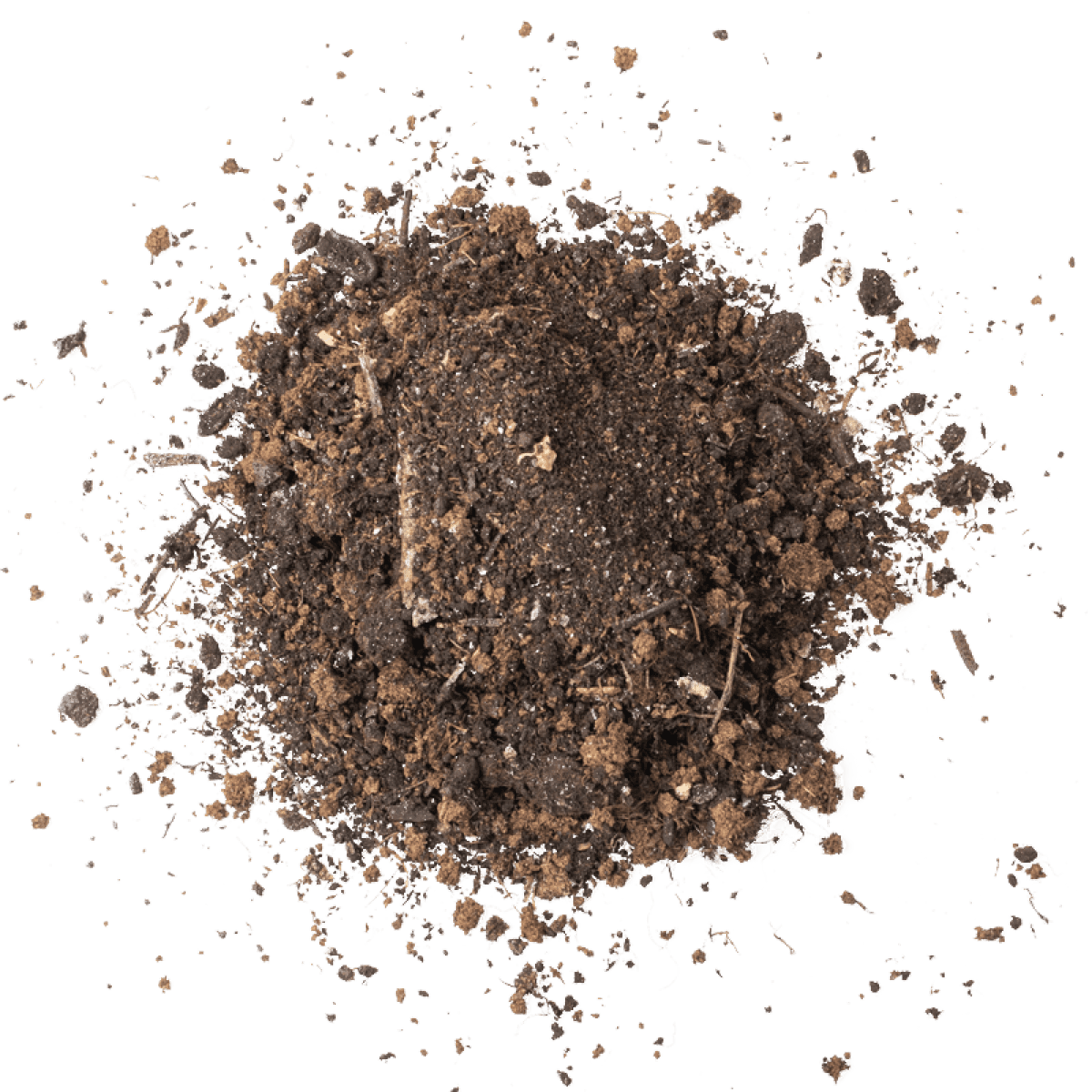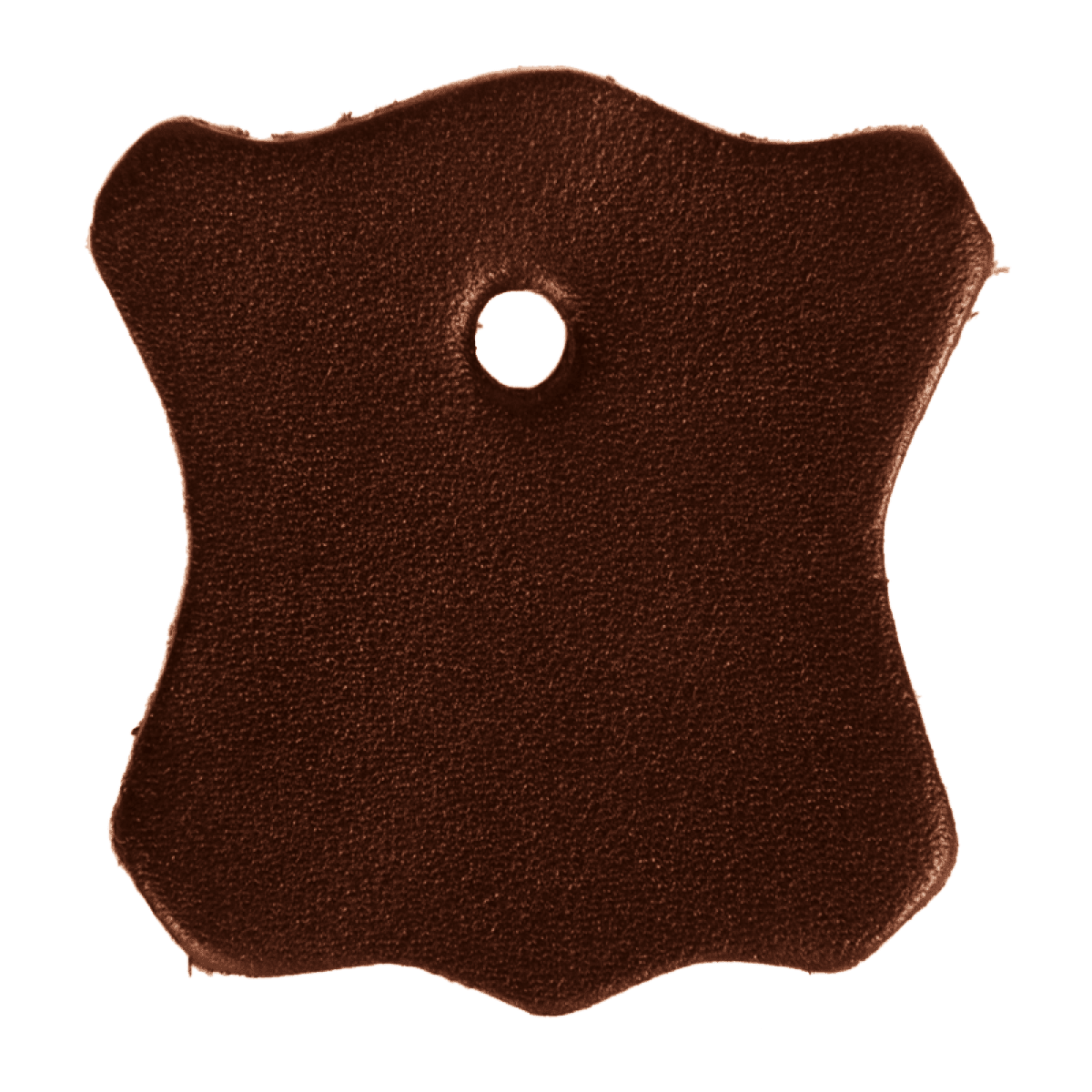葡萄牙南部的白酒
趣味小常識
The Alentejo region is far more well known for producing grain, and is unofficially called Portugal's “bread basket”.
Portugal is currently the 12th largest wine producing country in the world.
Southern Portugal is far better known for producing cork than producing wine. It makes over one third of the world's natural bottle stoppers.
這種風格的味道如何?
根據3,188款葡萄酒的114,797則評論
淡身
厚身
柔和
酸
乾
甜



- 柑橘
- 檸檬
- 西柚
- 青檸
- 橙子
- 柠檬皮
- 橘
- 橙皮
- 檸檬皮
- 青檸皮
- 橙皮
- 柑橘香
0提及了柑橘意味



- 桃
- 蘋果
- 梨
- 青蘋果
- 甜瓜
- 杏桃
- 核果類水果
- 白桃
- 黃蘋果
- 木梨
- 油桃
- 黃布朗
0提及了树果意味



- 礦物質
- 蜜糖
- 石頭
- 鹹水
- 泥土感
- 鹽
- 煙
- 皮革
- 粉筆
- 打火石
- 蘑菇
- 蠟
0提及了泥土感意味
了解風格
Southern Portugal is far better known for its reds than its whites, but that doesn't mean that there aren't great bottles to be found. The dryer, hotter climate makes yielding precious acidic wine more challenging than it would be in the north.
The fabulous coastal region of Alentejo produces some excellent wine from the Antão Vaz grape, which is known for being acidic, zesty and tropical fruit-heavy.
Dry and hot are two words that commonly describe the growing regions of Southern Portugal. With as little as 23 inches of rainfall per year and summer temperatures often in excess of 100F, it's easy to see why it's considered difficult to grow great white wine.
While this area is more commonly known for reds, Antão Vaz is a white grape that has won plaudits across the wine world. Thick skinned and often similar to a lightly oaked chardonnay, it's the flagship wine of the Vidigueira region.
The wines of Southern Portugal love seafood, and work extremely well with some fresh fish, nice oily sardines or seafood paella.